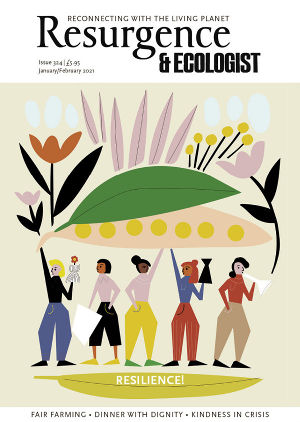In the early 19th century, Mary Anning and her brother Joseph discovered a huge fossilised skeleton in the unstable cliffs near their home town of Lyme Regis. The skeleton turned out to be from an ichthyosaur, a previously undescribed extinct marine reptile. Anning was only 12 years old at the time, but despite having little formal education and coming from a poor working-class family, she went on to become an expert in the emerging field of palaeontology and discovered fossilised skeletons from several other unique but extinct creatures. She was well respected by the leading geologists of the time, but she was never able to assume her rightful place in the scientific hierarchy. Her discoveries opened a door to a lost world where reptiles ruled, and they challenged accounts of the origins of life based on the Bible and influenced theories of evolution by natural selection. Nevertheless, after her death she slipped into relative obscurity, known only by those in her field. The past 20 or so years, though, have seen a resurgence of popular interest in her life. Plays, novels and two forthcoming films have told her story, some lacing it with generous dollops of fiction, but I have long felt that an accessible, well-researched biography of this remarkable woman was needed to set the record straight.
Now geologist Tom Sharpe has written that book. In The Fossil Woman he tells Anning’s story in relaxed, eminently readable prose and his account is enhanced by fine illustrations and includes copious references for any reader wishing to delve further. We learn about the scientific detective stories, the rivalries between scientists and the thrill of discovery, but Sharpe is equally at ease describing the social life of early-19th-century Lyme Regis and its popularity as a middle-class leisure destination, and this brings the story to life.
Most of all, Sharpe enables Anning to step off the page as a fully formed character, her personality fleshed out by quotes from letters and diaries of those who knew her. We see her starting from lowly origins, the daughter of a cabinetmaker and fossil seller. Through her ability to find, prepare and sell fossils, she supports herself and makes networks of friends with a common interest in fossil collecting. These include leading geologists of the time and their wives, who consult her and befriend her. She rises above her peers in Lyme Regis but never forgets them, supporting those in need despite her own persistent financial difficulties. Her intelligence shines brightly and she becomes an expert, self-taught palaeontologist. She knows as much as or more than the academics but is never able to participate fully in the male-dominated scientific world of the time, and this leads to a certain bitterness that “these men of learning have sucked my brains … and I have derived none of the advantages.”
As an unmarried woman who spent much of her time scouring the local cliffs for fossils, she was probably viewed as something of a curiosity at the time. Attitudes change, and nowadays she is seen as a feminist role model who made her way in a patriarchal society and is finally getting the recognition she deserves. So, in 2010, The Royal Society named her as one of the 10 most influential women in science history. A new wing at the Lyme Regis museum has been named after her and there is currently a local campaign, Mary Anning Rocks, to erect a statue of her in the town. Tom Sharpe’s excellent new book is a fitting tribute to this unique woman.






